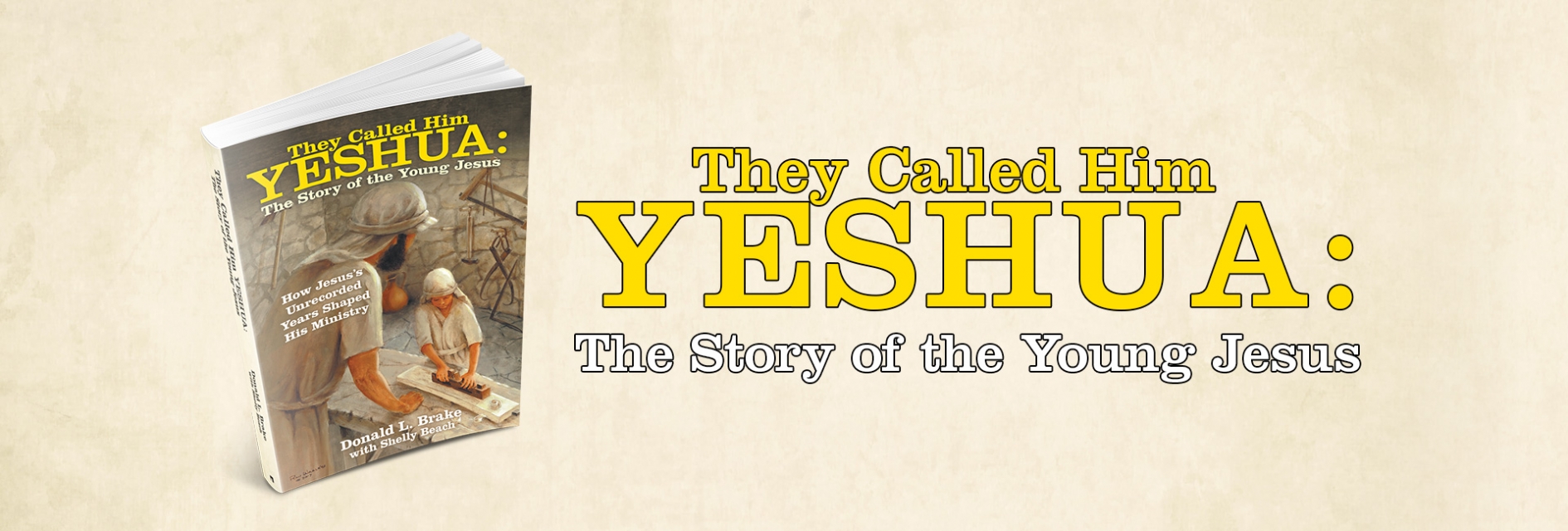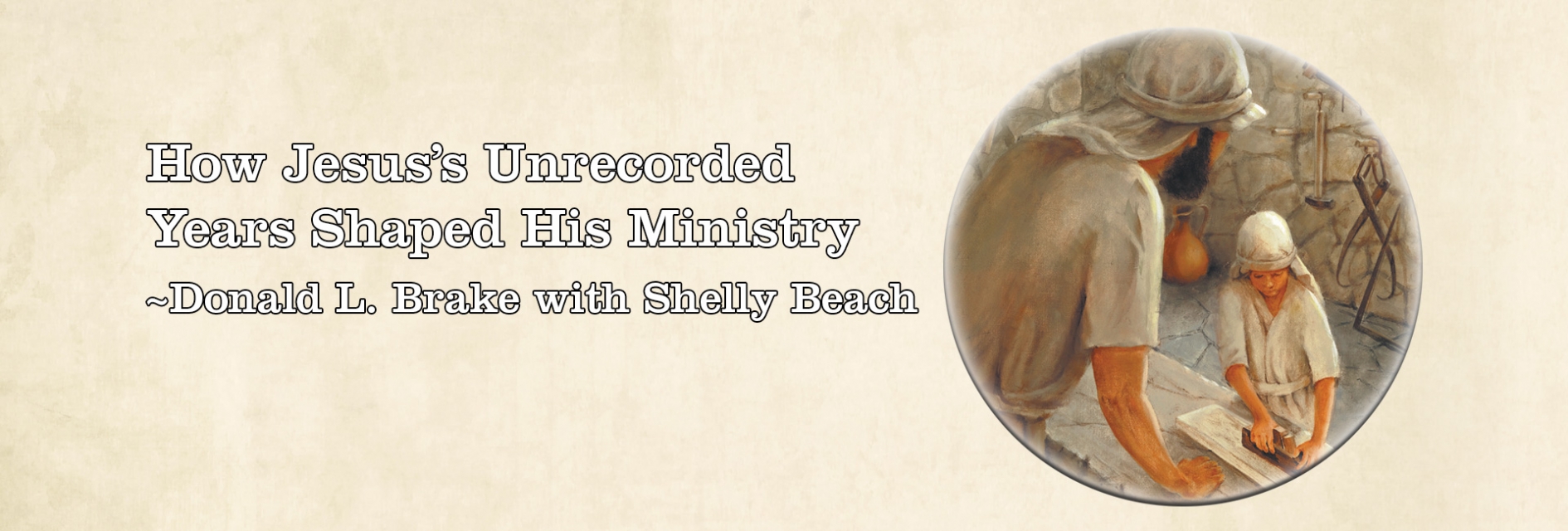


 Written by Donald Brake Nov 13, 2019
Written by Donald Brake Nov 13, 2019
LEWISVILLE, TX: It may or may not surprise you that the Bible does not mention December 25 as the day of Jesus’s birth. Actually, the Bible is completely silent on the day or the time of year. As far as we know the earliest Christians did not celebrate his birth—they focused on His death and resurrection, a date more easily fixed because of Passover celebrations.
It is generally accepted that it was Emperor Constantine, the first Christian Roman Emperor, in AD 336 who introduced December 25 as the day to celebrate Christ’s birth.
The Western church traditionally celebrates Jesus’s birthday on December 25 and the Eastern church celebrates it on January 6.
Can we determine the date of Jesus’s Birth with any kind of certainty?
The gospel accounts provide evidence that suggests fall or spring is more likely for His birth.
The Gospels famously say, “… because there was no room for them in the inn.”
Space for guests in the stable would indicate that, perhaps, not all of the owner’s animals were present. A winter December in the Holy Land can be cold and rainy with occasional snow in higher elevations.
If a full complement of animals were not in the stable then the flocks were probably grazing in the fields.
What the harvest seasons tell us
Grapes are harvested from September to November; figs are harvested in August and September; pomegranates during September. Green and black olives are harvested from September through early November. Wheat and barley are sown in November, anticipating a spring harvest.
Thus, the months of August through October would provide the sheep and goats time to graze in the fields cleaning up the grain leftover from the harvest without destroying the cash crops of wheat and barley.
Sheep also like grazing among the fig trees in the fall. But animals enjoying the fall foliage would leave the stable empty for the weary family travelers looking for a place to stay.
Was Jesus born in the Spring
Another possibility, however, is that Jesus’s birth occurred in the spring months of March or early April. The fields would have been plentiful with spring foliage, barley (March), wheat (May), and natural grass. The cold of the winter would have given way to the warmth of spring and a field with pasture—but, perhaps, less likely than the fall.
The law required Jews to go up to Jerusalem for the Passover festival (March/April) and the feast of Tabernacles (September/October). This, along with Caesar’s census, would explain the crowds in Jerusalem and Bethlehem and the need for more housing.
It is unlikely Christ was born in mid-Winter
While one must be cautious in calculating the season based on agricultural and grazing habits, a winter birth seems to be the least plausible explanation.
By mid-fourth century Early Christians wanting to celebrate Jesus’s birth in place of the pagan holiday Saturnalia, observed December 17 – 25 may explain the attachment to a December birth of Jesus. However, McCowan warns against too hastily attributing the celebration of Christmas to negate pagan practices.
There is no mention of birth celebrations in the writings of early Christian writers such as Irenaeus (c. 130–200) or Tertullian (c. 160–225). Origen of Alexandria (c. 165–264) goes so far as to mock Roman celebrations of birth anniversaries, dismissing them as “pagan” practices. A strong indication that Jesus’ birth was not marked with similar festivities at that place and time. As far as we can tell, Christmas was not celebrated at all at this point. (How December 25 Became Christmas -Andrew McCowan
Perhaps the true Christmas season is not a winter wonderland and gentle snow but a season of pleasant fall evenings, with the breezes singing in harmony in anticipation of the birth of God’s Son.
Whether we find the fall season as a better choice for Jesus’s actual birthday or December the 25th, the reality of it all was, and is, overwhelming for earthlings: “Wonder of wonders, this helpless infant was the Son of God. Not descending to earth with the glory and pomp of a world leader, but as a body-bound, earth-anchored human child.” (From Jesus, A Visual History)
A first morning – A child is born
Let’s imagine the first Christmas morning as the young couple welcomes their firstborn into their temporary shelter.
“Mary nudged Joseph. He moaned and rolled farther from her. She poked him sharply in the ribs.
‘It’s time, Joseph!’
“This Time he sat bolt upright. ‘Tonight? In a stable? I thought perhaps in a few days I could secure better lodging… Mary cut him off. ‘No, now! The baby is coming, and he’s not waiting for anyone.’ Mary tried to hide her fear. The pain was more than she’d expected. ‘Go get Deborah….
“Mary scooped out a tiny nest of hay beside her and laid the swaddled Yeshua where both Joseph and she could see Him. Whatever destiny God had ordained for Him, that day was far off. Today he was a newborn, and she was a new mother.” (as told in They Called Him Yeshua)
About the Author
Written by Donald L. Brake Sr.
Donald L. Brake Sr., PhD, Dallas Theological Seminary; Dean Emeritus, Multnomah Biblical Seminary of Multnomah University. A former pastor, he lives with wife Carol, in Lewisville, Texas. The author has served as a Missionary in Ethiopia, SIM; Professor of Theology, Multnomah Biblical Seminary; Pastor, North Carrollton Baptist Church; President, Institute of Holy Land Studies (now Jerusalem University College; and dean Multnomah Biblical Seminary; and co-founder Living Word Bible Museum. He currently is a freelance writer. The author’s experience as president of the Institute in Jerusalem has given him insight into the historical, cultural, and geographical background of Israel and the life of Christ. Dr. Brake has led tours to the Holy Land and has taught the life of Christ and the Bible’s historical/cultural backgrounds for more than thirty-five years. Dr. Brake wrote a series of fifteen articles for the St. Louis Metro Voice and has published the Wycliffe New Testament. His book A Visual History of the English Bible was published in 2008 (a 2009 Evangelical Christian Publishers Association Christian Book Award finalist); Jesus, a Visual History with Todd Bolen, 2014; A Monarch’s Majestic Translation, in 2017; and A Visual History of the King James Bible, in 2011 (with Shelly Beach; also translated into Portuguese as "Uma Historia Visual Da Biblia King James"), a commemorative edition celebrating four hundred years of the King James Version. His major article “Versions, English” was published in The Interpreters Dictionary of the Bible, vol. volume 5, Abington Press. His most recent work is They Called Him Yeshua: the Story of the Young Jesus, 2019.


